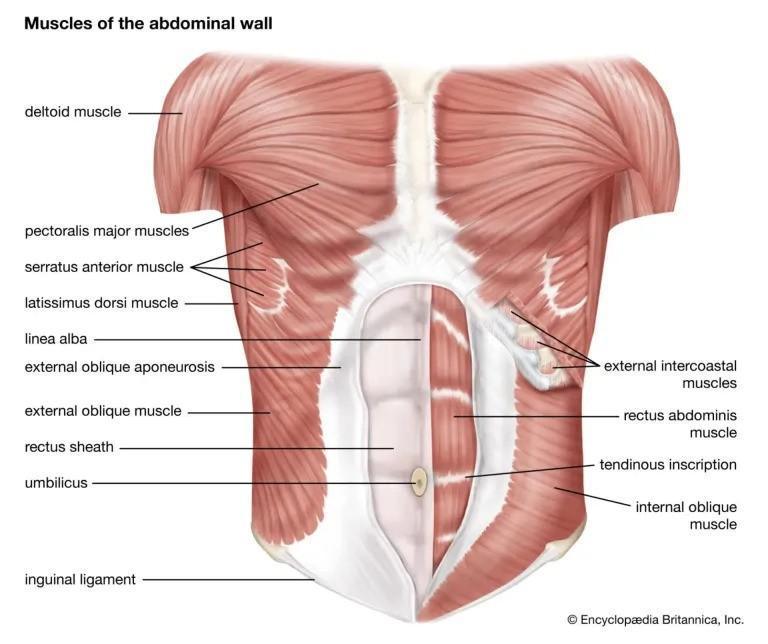For aerial, you probably know you need a strong core. I mean, what else is going to lift your ass up over your head?
But it is a little more complicated than that. You see, which muscles in your core you use will impact the quality and ease of your movement.
That is because different core muscles have different functions and different attachment points.
I’m not going to get into a full anatomy lesson today. Instead, I’m going to show you the difference between muscular engagements when you are hanging.
When you are hanging off of your aerial rope or aerial silks or aerial hoop, your arms are stretched up overhead, typically moving the upper back into slightly more extension and the pelvis responds by going into slightly more anterior tilt.
So it you simply lift your legs from this position, you are using mostly quad and will mechanically max out your lift around 90 degrees. You’ll probably notice your hips go farther behind the plum line as you lift.
If you add a curl of the pelvis to this, you might
eek out a bit more lift, but you’ll need to push the apparatus away from you to get higher.
How do you get that rounded spine toes to bar that you covet?
By “anchoring” the ribs. That means keeping them set in place by providing relative stability through an isometric (not moving) contraction. That will give you a stable base to contract the abdominal muscles from.
But HOW you anchor matters.
Which abdominal muscles need to work to provide this stability?
The internal obliques. The internal obliques help to stabilize and synergize with the pelvic floor and the TVA.
Your internal and external obliques attach to your lower ribs, and when they contract together, they work to increase abdominal pressure and transfer the large forces from your legs to your upper trunk. When you allow your ribs to flare out, you simultaneously relax these muscles, meaning they can no longer support your spine.
To engage the obliques, you want to think “ribs back” OR “chest up AND ribs down.”
What you don’t want to do is just bring the ribs down, as if you were doing a crunch. Why not? Because this brings the weight of your legs in front of the plum line, which is “heavy” and causes the core to work harder than it needs to before you ever start the movement.
Let’s look at this in action...
In this video, I use my glutes and hamstrings to stabilize my pelvis and stabilize my scapula. (That “relative stability” thing again.)
Then I implement “ribs back” cue and then the “ribs down” cue. Watch what happens to the position of my legs. They sweep in front of the plum line. That is my rectus abdominis (six-pack abs) contracting to stabilize the ribs. But since the rectus also connects to the pubic symphysis, it pulls the pelvis forward.
Nothing in the body works in isolation. Our muscles work in chains. Often a stronger muscle gets recruited to compensate for a weaker muscle. In this case, the stronger rectus abdominis steps in quickly and doesn’t allow the obliques and TVA to do their jobs. Without the accessory muscles providing stability, the rectus has to work harder and that leg lift feels HEAVY.
So if you want to finally find that tight compression in toes to bar, start with finding your internal obliques.


